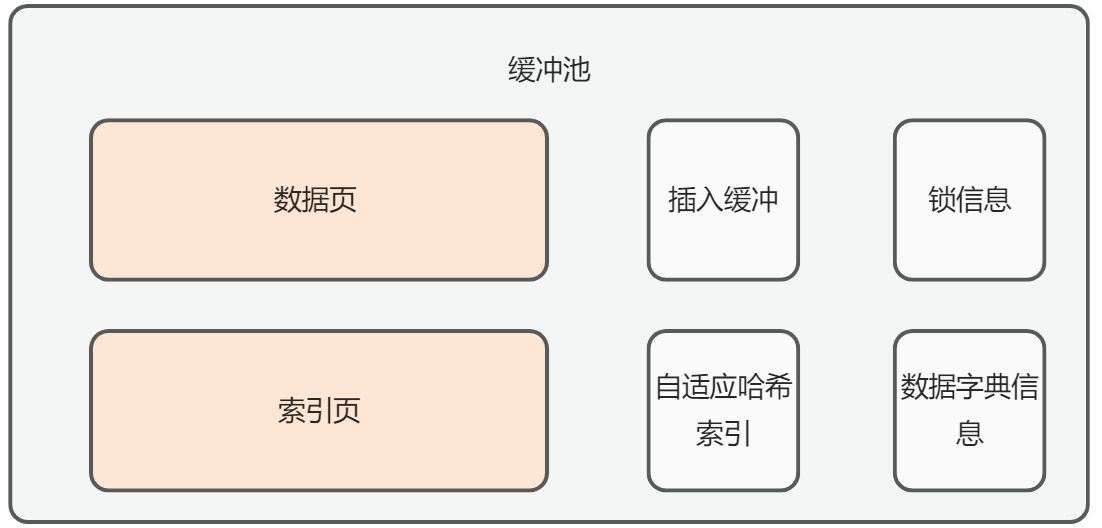# SpringBoot通过CacheManager集成redis做缓存 {#springboot通过cachemanager集成redis做缓存}
SpringBoot如何通过 CacheManager 集成 redis做缓存
SpringBoot在annotation的层面实现了数据缓存的功能,基于Spring的AOP技术。所有的缓存配置只是在annotation层面配置,像声明式事务一样。
Spring定义了CacheManager 和Cache接口统一不同的缓存技术。其中CacheManager 是Spring提供的各种缓存技术的抽象接口。而Cache接口包含缓存的各种操作。
# 1. 添加依赖 {#_1-添加依赖}
引入springboot-cache和 spring-redis。
<!-- 缓存 -->
<dependency>
<groupId>org.springframework.boot</groupId>
<artifactId>spring-boot-starter-cache</artifactId>
</dependency>
<!-- redis -->
<dependency>
<groupId>org.springframework.boot</groupId>
<artifactId>spring-boot-starter-data-redis</artifactId>
</dependency>
# 2. application配置 {#_2-application配置}
此处我选择使用 .yml 文件配置
spring:
# 缓存设置
cache:
# redis缓存
type: redis
redis:
# 缓存超时默认时间,此处设置为一天
time-to-live: 1d
# 是否启用缓存key统一前缀,默认为true
use-key-prefix: true
# 是否保存null值,默认为true
cache-null-values: true
# 设置缓存key前缀
key-prefix: cache.
redis:
database: 0
host: 192.168.4.119
port: 6379
password:
lettuce:
pool:
# 连接池中的最大空闲连接 默认8
max-idle: 8
# 连接池中的最小空闲连接 默认0
min-idle: 0
# 连接池最大连接数 默认8 ,负数表示没有限制
max-active: 8
# 连接池最大阻塞等待时间(使用负值表示没有限制) 默认-1
max-wait: -1
timeout: 30000
# 3.入口类配置 {#_3-入口类配置}
加入注解 @EnableCaching
@SpringBootApplication
@EnableCaching
public class DemoApplication {
}
# 4.redis配置类 {#_4-redis配置类}
@Configuration
public class RedisConfig {
/**
* springboot2.x 使用LettuceConnectionFactory 代替 RedisConnectionFactory
* application.yml配置基本信息后,springboot2.x RedisAutoConfiguration能够自动装配
* LettuceConnectionFactory 和 RedisConnectionFactory 及其 RedisTemplate
* @param redisConnectionFactory
* @return
*/
@Bean
public RedisTemplate<String, Object> redisTemplate(RedisConnectionFactory redisConnectionFactory){
RedisTemplate<String, Object> redisTemplate = new RedisTemplate<String, Object>();
redisTemplate.setKeySerializer(new StringRedisSerializer());
redisTemplate.setValueSerializer(new GenericJackson2JsonRedisSerializer());
redisTemplate.setHashKeySerializer(new StringRedisSerializer());
redisTemplate.setHashValueSerializer(new GenericJackson2JsonRedisSerializer());
redisTemplate.setConnectionFactory(redisConnectionFactory);
return redisTemplate;
}
}
# 5.使用Cache {#_5-使用cache}
注入SpringBoot自动配置的bean,org.springframework.cache.CacheManager。 一个简单的测试类:
package com.bbf.frame.test;
import com.bbf.frame.Application;
import org.apache.commons.lang3.StringUtils;
import org.junit.Test;
import org.junit.runner.RunWith;
import org.springframework.boot.test.context.SpringBootTest;
import org.springframework.cache.Cache;
import org.springframework.cache.CacheManager;
import org.springframework.test.context.junit4.SpringJUnit4ClassRunner;
import org.springframework.test.context.web.WebAppConfiguration;
import javax.annotation.Resource;
@RunWith(SpringJUnit4ClassRunner.class)
@WebAppConfiguration
@SpringBootTest(classes = Application.class, webEnvironment = SpringBootTest.WebEnvironment.MOCK)
public class TestCache {
@Resource
private CacheManager cacheManager;
@Test
public void cacheTest() {
// 显示所有的Cache空间
System.out.println(StringUtils.join(cacheManager.getCacheNames(), ","));
Cache cache = cacheManager.getCache("userCache");
cache.put("key", "123");
System.out.println("缓存成功");
String res = cache.get("key", String.class);
System.out.println(res);
}
}
# CacheManager转换 {#cachemanager转换}
// 获取EhCache的管理器
org.springframework.cache.ehcache.EhCacheCacheManager cacheCacheManager = (EhCacheCacheManager) cacheManager;
net.sf.ehcache.CacheManager ehCacheManager = cacheCacheManager.getCacheManager();
net.sf.ehcache.Cache ehCache = ehCacheManager.getCache("userCache");
# 结束语 {#结束语}
至于如何使用CacheManger的注解这里不再赘述,网上有大把的资料供大家参考了。
 51工具盒子
51工具盒子






